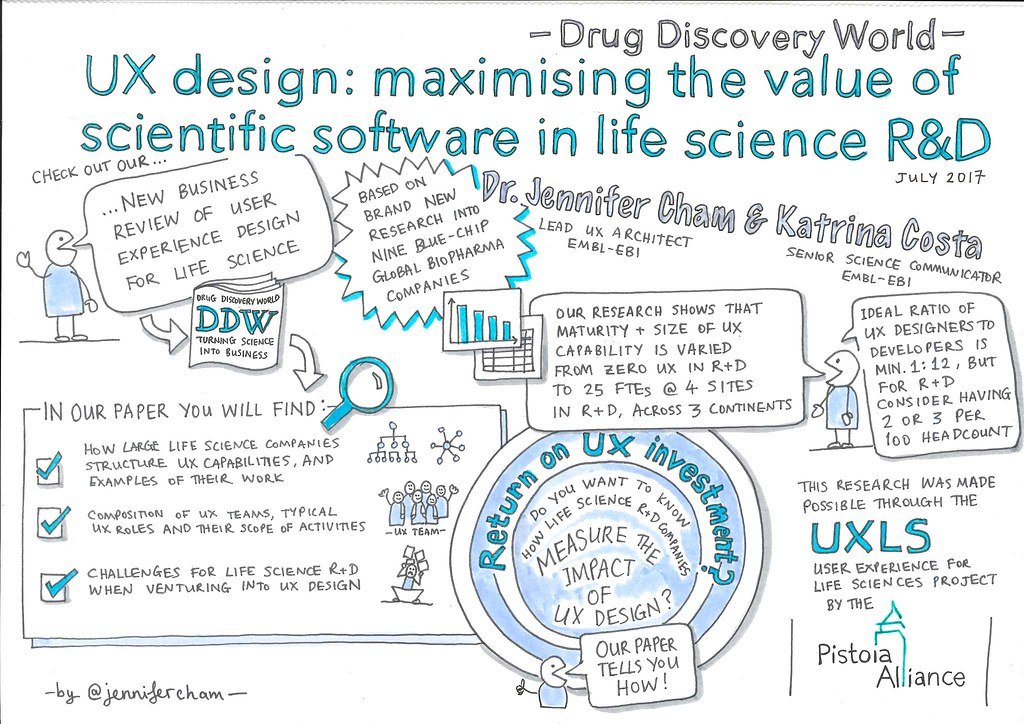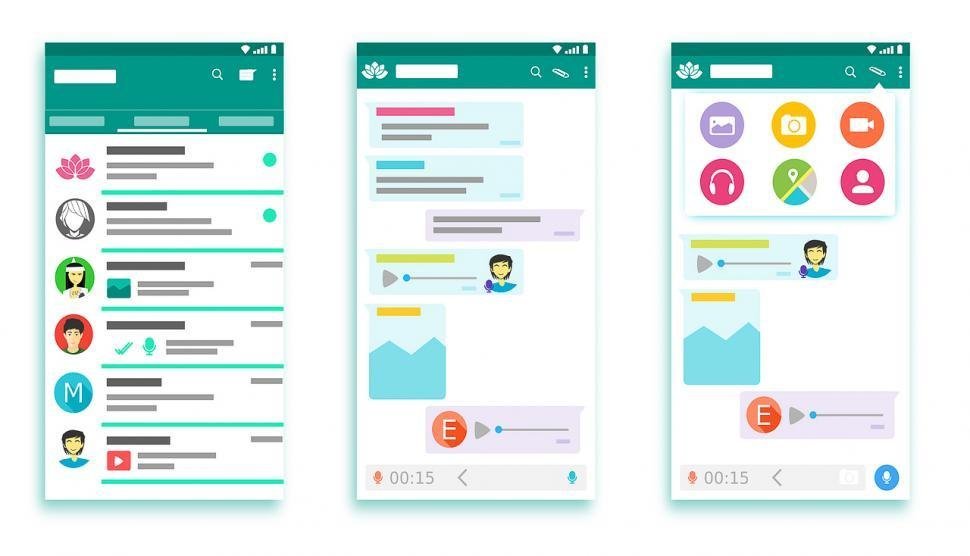In a world driven by digital experiences, web design has become more than just aesthetics – it’s an art of persuasion. Every website truly worth its salt understands that user experience (UX) design holds the power to unlock success and drive conversions. Like a secret key to a hidden treasure trove, UX design has the uncanny ability to guide users seamlessly through a digital journey, enticing them to take desirable actions and ultimately transforming visitors into loyal customers. In this article, we delve into the transformative power of UX design on website conversions, uncovering its subtle sorcery and revealing the enchanting secrets behind its magic. So, grab your wands and let us unveil the spellbinding potential of UX design in unlocking the door to success. 

In a world where websites abound, how can businesses stand out and achieve higher conversion rates? The answer lies in the realm of User Experience (UX) design. UX design plays a pivotal role in shaping the overall experience of website visitors, ultimately driving them to take desired actions and leading to increased conversions. By understanding the key principles and best practices of UX design, businesses can unlock the true potential of their websites and propel their success to new heights.rnrnOne of the fundamental principles of UX design is simplicity. Websites that are cluttered with unnecessary elements or complex navigation systems can be overwhelming for users, causing them to quickly lose interest and abandon the site. By adopting a minimalist approach and removing any unnecessary distractions, businesses can create a clean and intuitive user interface that guides visitors seamlessly towards their desired actions. Furthermore, optimizing loading times and ensuring responsive design across different devices are vital in creating a seamless user experience that keeps visitors engaged and encourages them to explore further.rnrn rn
rn rnTo maximize website conversions, businesses should also focus on enhancing the visual appeal of their websites. A visually appealing website not only captivates visitors but also instills trust and credibility, making them more likely to convert. This can be achieved through the careful selection of colors, fonts, and imagery that align with the brand identity and evoke the desired emotions in visitors. Additionally, the strategic placement of call-to-action buttons and the use of persuasive copywriting can further encourage visitors to take the desired actions, such as making a purchase or subscribing to a newsletter. By implementing these actionable strategies and harnessing the power of UX design, businesses can unlock the key to successful website conversions and pave the way towards long-term growth and prosperity.
rnTo maximize website conversions, businesses should also focus on enhancing the visual appeal of their websites. A visually appealing website not only captivates visitors but also instills trust and credibility, making them more likely to convert. This can be achieved through the careful selection of colors, fonts, and imagery that align with the brand identity and evoke the desired emotions in visitors. Additionally, the strategic placement of call-to-action buttons and the use of persuasive copywriting can further encourage visitors to take the desired actions, such as making a purchase or subscribing to a newsletter. By implementing these actionable strategies and harnessing the power of UX design, businesses can unlock the key to successful website conversions and pave the way towards long-term growth and prosperity.
Q&A
Q: What exactly is UX design and why is it important for website conversions?
A: UX design, short for User Experience design, is the process of enhancing user satisfaction with a product by improving its accessibility, usability, and overall pleasure during interaction. It plays a vital role in website conversions as it focuses on understanding users’ needs, behaviors, and preferences, ultimately creating a seamless and enjoyable experience. A well-crafted UX design can improve website conversions by increasing user engagement, reducing bounce rates, and ultimately driving more conversions.
Q: How does UX design impact website conversions?
A: UX design directly affects website conversions by making the user journey more intuitive and enjoyable. By understanding and addressing users’ pain points, UX designers create interfaces that are easy to navigate, visually appealing, and provide relevant information. This improves the overall user experience, increases user trust, and encourages visitors to take desired actions on the website, such as making a purchase, signing up for a newsletter, or requesting more information.
Q: What are some key elements of effective UX design for boosting website conversions?
A: There are several key elements of effective UX design that can greatly impact website conversions. These include:
1. Intuitive Navigation: Clear and easily accessible navigation menus guide visitors to relevant content and encourage them to stay longer on the site.
2. Consistent Branding: Design elements, colors, and typography that align with the brand ensure a cohesive and memorable experience.
3. Responsive Design: Mobile-friendly websites adapt to different devices, providing a seamless experience for users on smartphones, tablets, and desktops.
4. Readability and Clarity: Thoughtful typography choices, legible text, and well-structured content help users quickly find the information they’re looking for.
5. Speed and Performance: Fast-loading pages prevent users from getting frustrated and leaving the site prematurely.
6. Clear Call-to-Actions: Well-placed and actionable buttons or links guide users towards the desired conversion goals.
7. Adequate Visual Hierarchy: Strategic use of visual elements and proper information prioritization help users focus on the most important aspects of the website.
8. Interactive and Engaging Elements: Incorporating interactive features, animations, or gamification can capture users’ attention and encourage them to explore deeper into the website.
Q: Can UX design really increase conversions for any type of website?
A: Yes, UX design can significantly increase conversions for any type of website, regardless of its purpose or industry. Whether it’s an e-commerce platform, a blog, a service provider, or a lead generation website, understanding the target audience and creating a user-centered experience will always improve performance. The principles of UX design can be applied universally, guiding visitors through the site and persuading them to take desired actions. Regardless of the specific goals of a website, investing in UX design will undoubtedly unlock its potential for success.
Q: How can businesses measure the impact of UX design on their website conversions?
A: Measuring the impact of UX design on website conversions requires the use of various analytics tools and methods. Businesses can track key metrics such as bounce rates, click-through rates, time on page, and conversion rates to understand how users interact with the site. A/B testing can also be conducted to compare the performance of different UX design variations, allowing businesses to make data-driven decisions on what works best for their target audience. Additionally, gathering user feedback through surveys or usability testing can provide valuable insights into how UX design influences user behavior and ultimately affects conversion rates.
Q: What are some common UX design mistakes that can hinder website conversions?
A: While UX design can greatly boost website conversions, certain mistakes can have the opposite effect. Some common UX design mistakes to avoid include:
1. Poorly designed navigation that confuses users or lacks important elements.
2. Cluttered interfaces that overwhelm visitors, making it difficult for them to find what they’re looking for.
3. Lack of clear and concise messaging, resulting in users not understanding the value proposition or intended actions.
4. Slow-loading pages that frustrate users and drive them away.
5. Inconsistent branding, leading to a lack of trust or confusion about the website’s legitimacy.
6. Unoptimized forms or checkout processes that require excessive steps or ask for unnecessary information.
7. Ignoring mobile responsiveness, leading to a subpar experience for users accessing the website on smartphones or tablets.
Q: Can UX design alone guarantee high website conversions?
A: While UX design is a crucial factor in driving website conversions, it alone cannot guarantee high conversion rates. UX design must be combined with other elements such as compelling content, effective marketing strategies, and an understanding of the target audience to maximize conversions. UX design acts as a facilitator, ensuring a smooth and enjoyable user experience that supports conversion goals. However, factors such as pricing, product quality, competitive landscape, and overall marketing efforts also influence conversion rates. A holistic approach that incorporates UX design as part of a comprehensive strategy is key to unlocking success and achieving high website conversions. As we bid adieu to this exploration into the profound impact of UX design on website conversions, we can’t help but marvel at the infinite possibilities it holds. From the outset, it may seem like just another piece of the digital puzzle, but the more we delve into its intricacies, the more we appreciate its true power.
UX design is the silent conductor orchestrating a symphony of user experiences, seamlessly guiding them through the virtual corridors of your website. With every pixel meticulously placed, every button carefully crafted, it breathes life into an otherwise static realm, captivating users and transforming mere visitors into devoted enthusiasts.
In this journey, we have embarked upon the terrain of understanding the pivotal role UX design plays in unlocking the gates to success. Like a master key, it holds the power to transcend the boundaries of the mundane, paving the way for conversions that dance harmoniously with your business objectives.
Through thoughtfully constructed user flows, intuitive interfaces, and captivating visuals, UX design becomes the catalyst for transformative experiences. It evokes trust, inspires confidence, and fosters a sense of connection that transcends the digital divide, leaving users yearning for more.
Yet, it is not just the aesthetic allure that steals the spotlight; there lies a deeper purpose within UX design. By seamlessly marrying form and function, it empowers users to effortlessly navigate the labyrinthine paths of your website, transforming their journey into a delightful affair. With every click, swipe, and scroll, it magically dismantles barriers to engagement, enticing users to explore further and stay longer.
However, in this ever-evolving digital landscape, UX design becomes an art fuelled by adaptability and perpetual improvement. It demands continuous evaluation, testing, and fine-tuning, aligning itself with the ever-changing needs and desires of users. It flexes its creative muscles, eager to surprise and delight visitors, ensuring that as they meander through the digital corridors, they find solace and satisfaction at every turn.
So, as the curtains draw on this captivating exploration into the power of UX design on website conversions, we invite you to unlock the countless possibilities it offers. Embark on the journey of transforming the ordinary into extraordinary, harnessing the potential to captivate, inspire, and ultimately convert. The power is in your hands; embrace it, and let your website thrive in the realm of success.

